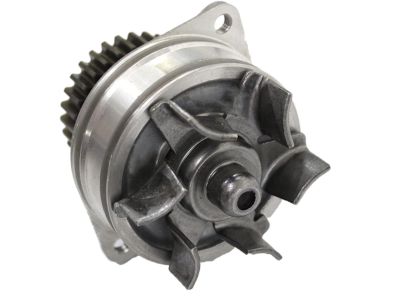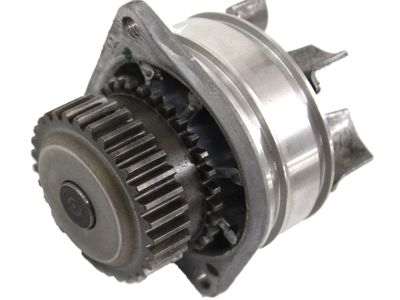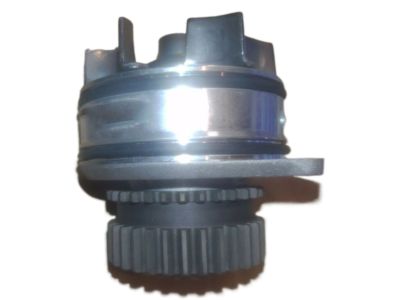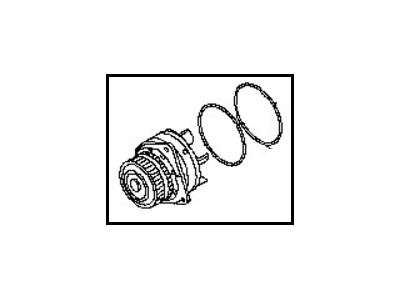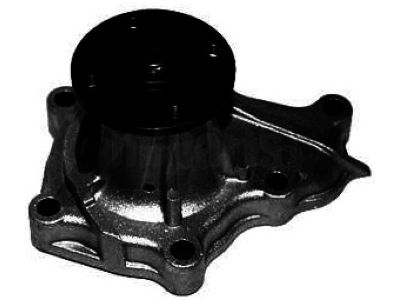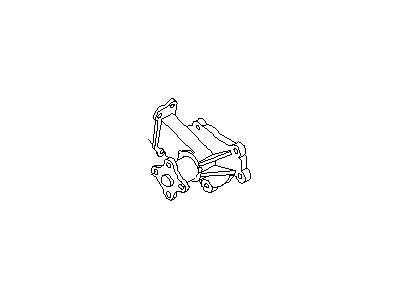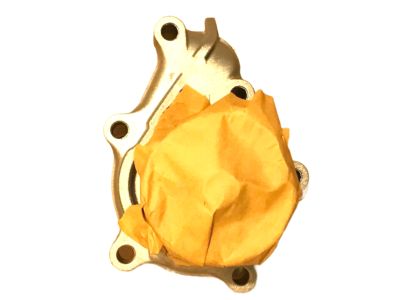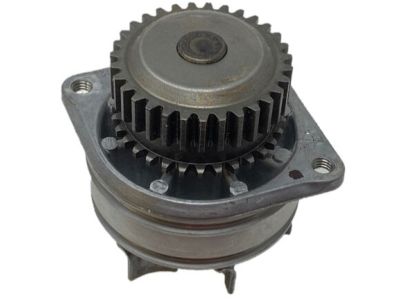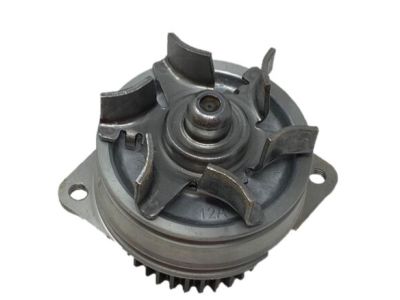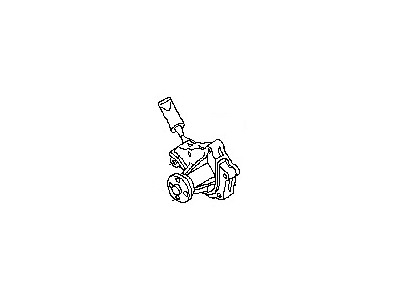×
- Hello
- Login or Register
- Quick Links
- Live Chat
- Track Order
- Parts Availability
- RMA
- Help Center
- Contact Us
- Shop for
- Nissan Parts
- Nissan Accessories

My Garage
My Account
Cart
Genuine Nissan Quest Water Pump
H2O Pump- Select Vehicle by Model
- Select Vehicle by VIN
Select Vehicle by Model
orMake
Model
Year
Select Vehicle by VIN
For the most accurate results, select vehicle by your VIN (Vehicle Identification Number).
8 Water Pumps found

Nissan Quest Pump Assembly Water
Part Number: 21010-7Y026$142.05 MSRP: $196.32You Save: $54.27 (28%)

Nissan Quest Pump Kit-Water
Part Number: B1010-JK00C$130.13 MSRP: $188.45You Save: $58.32 (31%)Ships in 1-3 Business Days



Nissan Quest Water Pump
Typically, Water Pump can be found in Nissan Quest vehicles; its function is to pump coolant from the radiator to the engine in order to absorb heat produced during the burning process. Contemporary Water Pumps are mostly made of aluminum and include a shaft with bearings, a belt-driven pulley, impeller for moving the coolant. Signs of a defective Water Pump are the leakage in the cooling system, noisy fan belt due to the worn shaft bearings, and the car's tendency to overheat. Performance Water Pumps have coolant flow improved with variations such as modified OE cast iron and cast aluminum housings and fully custom designed aluminum. Electric Water Pumps are also available, with certain benefits being the removing of parasitic loss and the ability to be installed more quite freely in custom installations.
If you need any OEM Nissan Quest Water Pump, feel free to choose them out of our huge selection of genuine Nissan Quest Water Pump. All our parts are offered at unbeatable prices and are supported by the manufacturer's warranty. In addition, we offer quick shipping to have your parts delivered to your door step in a matter of days.
Nissan Quest Water Pump Parts Questions & Experts Answers
- Q: How to check and replace a water pump on Nissan Quest?A:A failure in the water pump can cause serious engine damage due to overheating. There are two ways to check the operation of the water pump while it's installed on the engine. If the pump is defective, it should be replaced. Water pumps have weep (or vent) holes, and if a failure occurs in the pump seal, coolant will leak from this hole. To find the hole on the water pump, you'll need a flashlight and small mirror. If the water pump shaft bearings fail, there may be a howling sound, and shaft wear can be felt if the water pump pulley is rocked up and down with the engine off. Even a pump that exhibits no outward signs of a problem can still be due for replacement. Removal for close examination is the only way to know for sure. For replacement, disconnect the negative battery cable, drain the cooling system, and if the coolant is good, save and reuse it. Remove the drivebelts, the water pump pulley, the crankshaft pulley, and timing belt covers. Detach the water pump from the engine and check the impeller for corrosion or missing fins. Clean bolt threads and engine holes, compare the new pump to the old one, and clean the engine and pump mating surfaces. Apply sealant to the new pump, set a new gasket, and attach the pump to the engine. Tighten the bolts without overtightening. Reinstall all parts, refill the cooling system, check drivebelt tension, run the engine, and check for leaks.
Related Nissan Quest Parts
Browse by Year
2017 Water Pump 2016 Water Pump 2015 Water Pump 2014 Water Pump 2013 Water Pump 2012 Water Pump 2011 Water Pump 2010 Water Pump 2009 Water Pump 2008 Water Pump 2007 Water Pump 2006 Water Pump 2005 Water Pump 2004 Water Pump 2003 Water Pump 2002 Water Pump 2001 Water Pump 2000 Water Pump 1999 Water Pump 1998 Water Pump 1997 Water Pump 1996 Water Pump 1995 Water Pump 1994 Water Pump 1993 Water Pump
